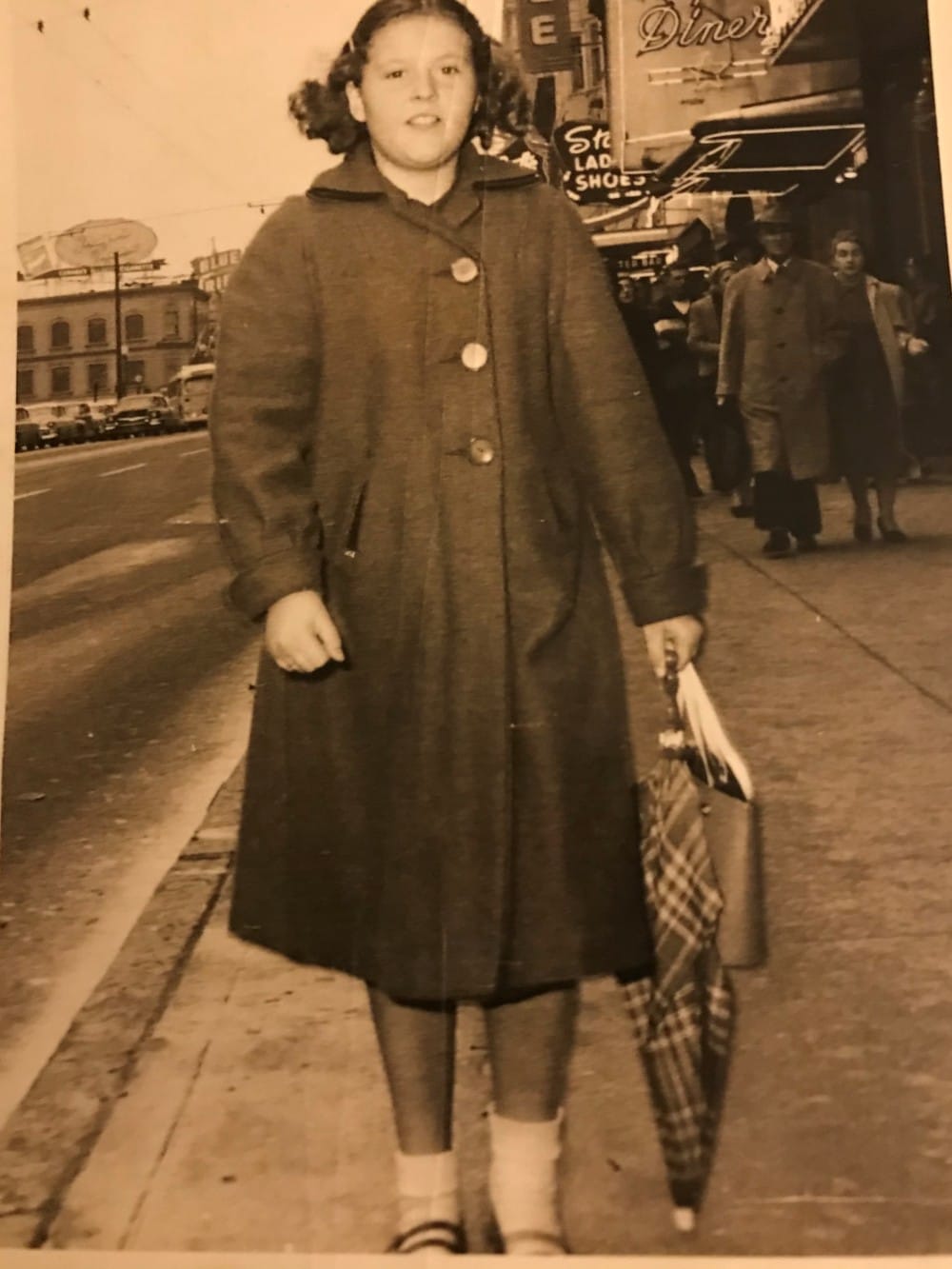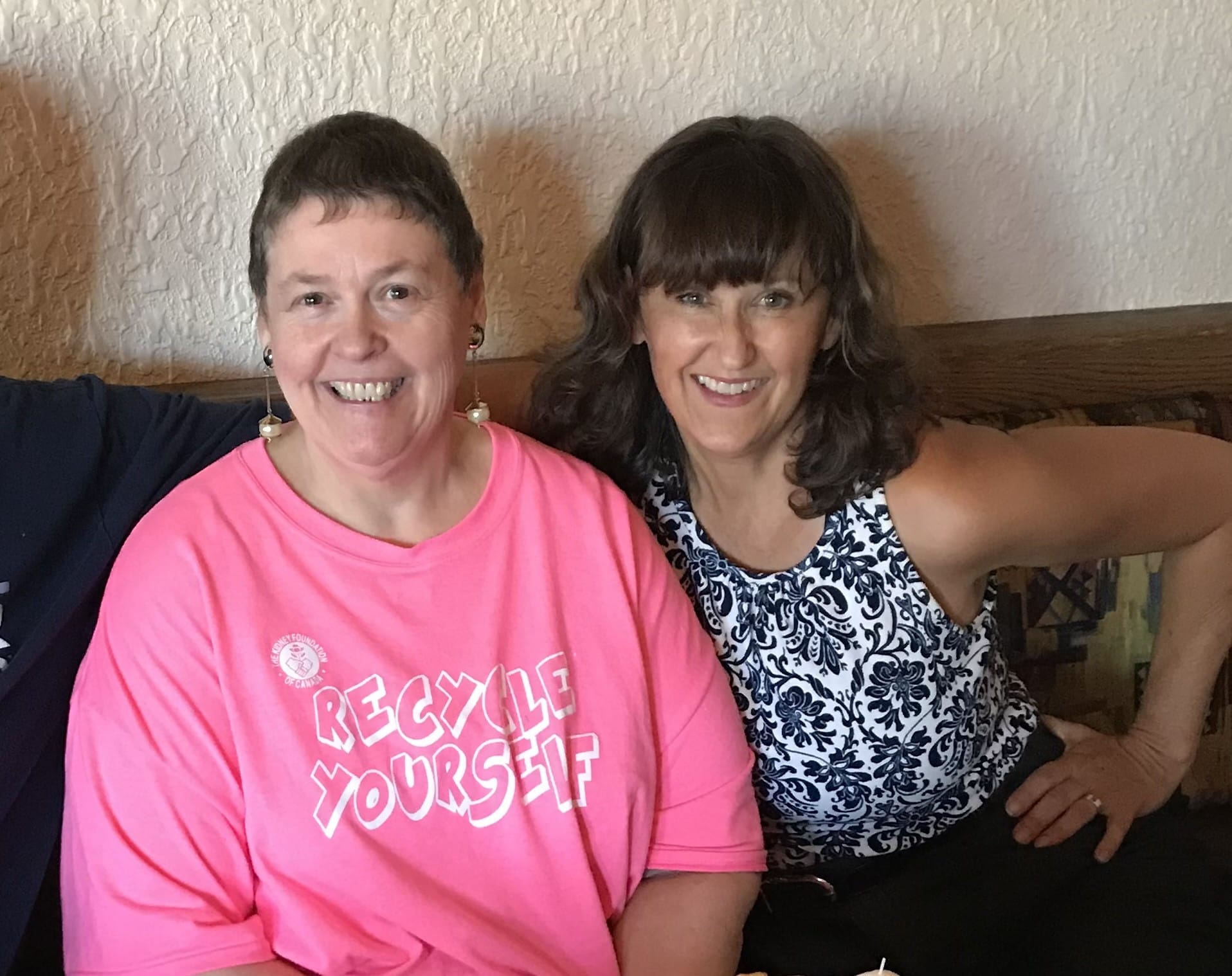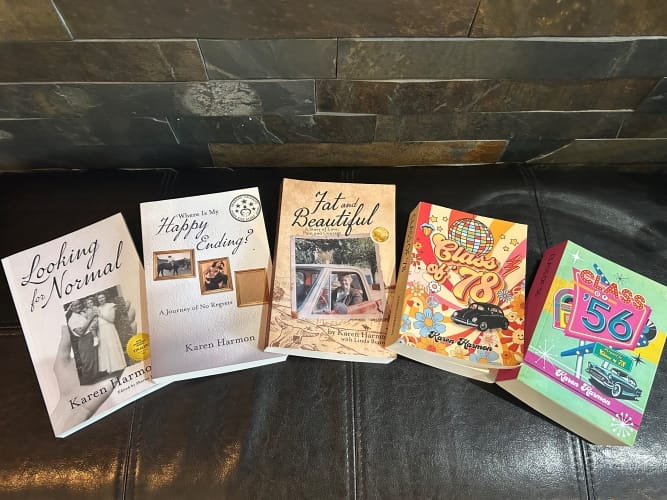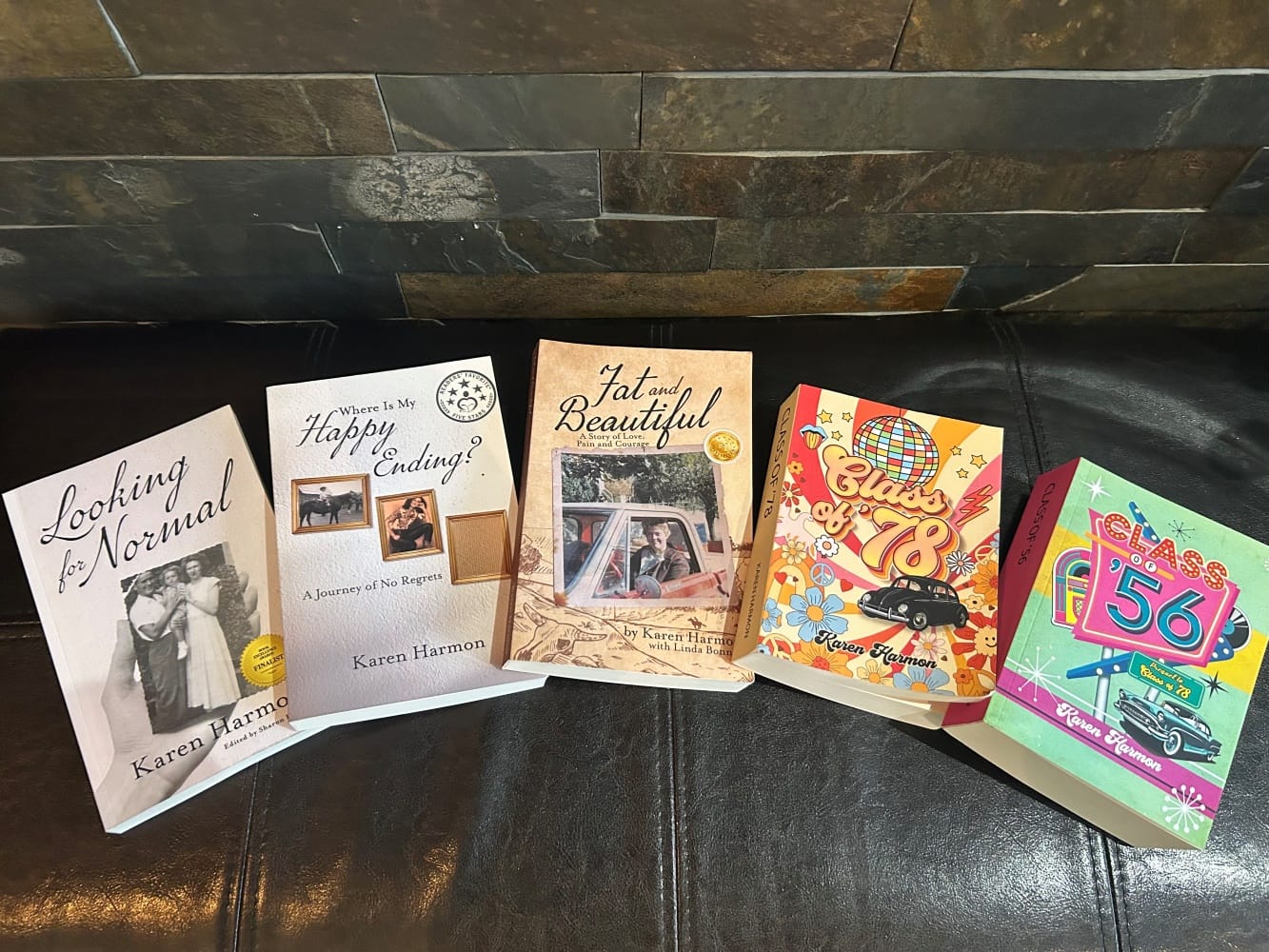My Sister Chose MAID and Signed Off with Love

Please read with care
It’s been less than a month since my sister passed, and the grief is still raw — sometimes sharp, sometimes dull, mostly suspended in a strange state of limbo. Back in May, she told us she had applied for MAID, and on August 13th, 2025, she slipped away peacefully.
MAID, or Medical Assistance in Dying, is a legally regulated process in Canada that allows eligible adults to request and receive medical help to end their life, usually through medications prescribed and administered by a doctor or nurse practitioner. First legalized in 2016, MAID is available under strict conditions: when someone has a serious and incurable illness, disease, or disability; is in an advanced state of irreversible decline; and is experiencing unbearable suffering. The rules have continued to evolve since then, sparking ongoing conversations across the country about choice, dignity, and compassion at the end of life.
Linda was my one and only sister, 13 years older than me. When I was born, she was already a teenager, and by the time I was four, she had moved out. For much of my childhood, she felt more like an aunt who came and went than a big sister who swapped sweaters or whispered secrets under the covers. We weren’t Jan and Marcia Brady, bickering over attention or borrowing each other’s clothes — we lived in different worlds, with too much distance between us for that kind of everyday sisterhood. I always loved her, but we were never Little Women close.
Still, when Linda showed up, she filled the room — though not always in the way you’d expect. She had this habit of pointing to herself and announcing what no one else dared to say: “I’m fat.” Not whispered. Not apologetic. Just tossed into the air like a grenade. The room would tense. People shifted in their chairs, eyes darting. And then Linda would laugh — that big, head-thrown-back, thunderclap laugh — as if she had just caught everyone red-handed in their own discomfort.
It was almost like she was daring us: See? I said it. The thing you were all thinking. And now you’re caught.
She used to claim that fat people were jolly, as if there was a secret club where the only requirement was size — and joy. I’ll never know if she fully believed it, but she wore that claim like a badge, or maybe more like armour. When people were cruel, humour became her shield.
As her little sister, I never thought of her as “the fat one.” She was just Linda. She called me “Skinny Mini” and herself “Spaghetti Betty.”
She had style. A Western flair that made her stand out anywhere: denim blouses embroidered with roses, stretchy pants flared neatly over cowboy boots, clip-on earrings shaped like silver boots or tiny wicker cowboy hats. She could have been stepping off the stage at the Calgary Stampede or heading straight to Barkerville for a performance.
That was my sister — bold, funny, complicated, and unafraid to say the quiet part out loud.
The teasing and cruelty she faced started the moment she entered school. Searching for belonging, she learned that a sharp comeback was often her best defense.
Linda’s story is both heart-warming and heart-wrenching. Uncommonly adventurous. Unusually comical. She lived her life out loud, even when the world tried to quiet her.
I have two big memories of Linda, and the first one is what changed my childhood forever. When I was ten, she told my parents point-blank that I needed a horse. Truth be, I never would have asked for one myself. I liked animals, sure — dogs, cats, rabbits — but a horse? That was Linda’s doing.
And because of her, my dad brought home Cricket — my first and only horse. She was a chestnut mare with four white socks, a black mane and tail, and quite honestly, the most stunning creature I had ever laid eyes on.
By then, Dad had already carved out his dream on 50 acres. He’d built from the land a massive barn, a log house, a corral, swimming ponds, and a garden the size of a football field. Linda lived there in a mobile home and quickly turned the place into horse heaven. She started the Rolly Lake Trail Riders, a horseback riding club, and soon I had friends joining in — trail rides, mini rodeos, even horse auctions just for kicks.
But nothing lit me up like the barrel races. That’s where Cricket and I came alive. There was a timer, a judge, and first, second, third, and fourth place ribbons. Our mom made hot dogs and sold pop at each event, with every penny funneled back into the club. Cricket and I tore around those barrels like our lives depended on it — sawdust flying, hair streaming, adrenaline pounding. Linda’s voice echoed in my head: “Elbows in, don’t hold the horn, grip with your thighs, and for Pete’s sake, smile.” I clicked my tongue, urging Cricket on — c’mon girl, we’ve got this — as we carved around each barrel, smooth and sharp. For those few moments, it felt like flying.
Life with Linda wasn’t just about horses. Sometimes we’d cram into her big Ford Impala or one of the pickup trucks she always seemed to have, and rattle down the highway to Abbotsford for a movie. Other times, we’d find ourselves in Maple Ridge at the Western Store, eyeing the newest boots and shiny belt buckles. We were 14, 15, 16 — teenagers with wheels, freedom, and something to do. It was simple, good, clean fun, the kind that sticks with you.
Do you remember CB radios? “Citizens Band” radios were all the rage back in the 1970s. They were initially designed for truckers to communicate on the road — swapping traffic updates, warning each other about “Smokies” (police), or just passing the time with banter on long hauls. But thanks to pop culture — TV shows like B.J. and the Bear and movies like Smokey and the Bandit — CB radios suddenly became cool for everyday people too. For a few years, it felt like everyone had one, and it was its own kind of social network before social media ever existed.
Naturally, Linda had to get in on the action. She set one up, and we spent hours playing around with it, listening in, and chatting with strangers like we were part of a secret club. The fun of it all was choosing your “handle” — your CB nickname, your on-air persona. Mine was Sugar and Spice (because of course, it was), and Linda’s was Rodeo Rocket, which suited her perfectly. We’d sit there, giggling, waiting for someone to call back, the crackle of static in the background.
It was simple, a little silly, and completely unforgettable. For those moments, we were connected to something bigger than ourselves — just two sisters with a radio, laughing our heads off.
Eventually, the club folded. My friends and I had grown out of it, and Linda was ready to head back to the Cariboo. That’s when we started to lose touch — not by choice, but because life just has a way of pulling people in different directions. I was fresh out of high school with disco and boyfriends on my mind. She was chasing her dream of rodeos and wranglers. We still saw each other here and there, but over time, the distance grew, and we slipped back into that familiar estrangement of my childhood.
As we drifted apart, our lives spun in different directions — full of twists and turns, highs and lows, adventure and heartbreak. It wasn’t until many years later that we found our way back to each other.
You’ll remember how COVID came and went. In those early days, it felt like the end of the world. People died, families fractured, governments scrambled with policies and protocols. But for me, the most significant thing that came out of that time was this: I picked up the phone and called Linda. Just to check in. Just to say, Hi, how are you, are you okay?
By then, I was in my second marriage, balancing a career in fitness and working as an education assistant. I had three kids, a chihuahua, and had even written and published two books. So when Linda asked me to write her story, my first reaction was no. I balked. “It’s too complicated,” I told her. “You’re in Kamloops, I’m in North Vancouver.”
She was living in a seniors’ home — three meals a day, bingo, cribbage, and social events. She had never touched a computer and had only just gotten her first cell phone.
But weeks of phone calls turned into months, and as COVID refused to back down, I realized how much I looked forward to our conversations. It was during those calls that I began to see my sister more clearly than ever. I learned she had been the apple of our father’s eye long before I came along, and that with our mother, they were more like oil and water. Meanwhile, I had always thought I was the apple of Dad’s eye — and unlike Linda, I got along quite well with our mother.
Still, she began sharing stories I had never heard before — complicated, layered, raw. And because storytelling runs in our blood, I could see it all as if I had been there. More than that, I could see the book taking shape.
We went back and forth: Linda with her handwritten letters, me with more questions, filling in the gaps. And when it was finally done, we held in our hands her memoir: Fat and Beautiful: A Story of Love, Pain, and Courage.
The best moment came when I mailed her the rough draft, along with sticky notes and a red marker so she could make suggestions, add-ons, or takeaways. A few days later, she called, almost breathless: “I stayed up all weekend reading it. It’s perfect. Don’t change a thing!”
After it was published, Linda read our book five times, cover to cover. Each time, she cried, she laughed, and she glowed with pride. We had done it — together. My once-estranged sister and I had created something lasting, something beautiful. A book that has now become her legacy.
We even did book talks. Well, I did the talking, and Linda sat in the front row as my number one fan. She’d call me afterward with praise and marketing ideas — and honestly, most of them were really good.
But behind the pride and excitement, Linda was struggling. Her body had already endured years of relentless pain, and while she tried to push through with her usual grit, I could hear the weariness in her voice. Her once loud, lilting voice had an edge. At the time, I didn’t realize it entirely — but those conversations, those book events, may have been her way of giving herself one last great adventure before she made the hardest decision of her life.
It was May 2025 when she told me. “I don’t want you to be upset…I’ve made a decision. I’ve decided to apply for MAID…please support me.”
If truth be told, I have a habit of being a non-reactor — sometimes because I don’t know what to say, other times because I hate confrontation. So when Linda first told me, I didn’t fall apart. I didn’t argue. Part of me thought it might just be talk, maybe even wishful thinking. I convinced myself she surely wouldn’t be approved.
But Linda’s story of chronic pain stretched back nearly 15 years. Doctors had told her she needed both hips replaced and both knees replaced. The catch? Before they would even consider surgery, she had to lose 100 pounds. That goal, while technically possible, was made almost insurmountable by her body’s history. She’d had lap band surgery thirty years earlier, which had left lasting complications, twisting her insides in ways that made weight management and digestion a daily battle.
Her days were long and regimented with pain management. Ice packs were strapped to her hips, knees, and shoulders three times a day, every day. She was borderline diabetic, but meticulous with her diet, carefully choosing every meal to keep her blood sugar at bay. She’d lost her soulmate years before, and one by one, dear friends around her had passed on.
In the past year, she had reached a heartbreaking turning point: she could no longer walk. Care aides were meant to support her, but staffing shortages meant she didn’t always get the help she needed. Some days, she was left to manage on her own — navigating pain, immobility, and solitude.
It was against this backdrop of relentless physical suffering, compounded grief, and isolation that Linda made her choice. It wasn’t impulsive or rash; it was the conclusion of a long, painful journey that no surgery, no medication, no amount of perseverance could undo.
When she told us — my two brothers and I — the weight of it hit differently for each of us. For me, there was disbelief at first, a quiet shock that something so permanent could be decided with such calm. Part of me wanted to argue, to convince her to wait, to hope for some miracle that might ease her pain. But deep down, I knew this was the same sister who had always faced life head-on, who had navigated the twists and turns of her story with courage and independence.
Our brothers reacted in their own ways, mixing sorrow, anger, and helplessness. We all wrestled with the unfairness of it — that someone so vibrant, so full of life and humour, had been trapped for so long in a body that betrayed her. Yet, alongside the grief, there was also a profound respect for her decision. She had endured decades of suffering, fought tirelessly to maintain her dignity, and in the end, she chose peace on her terms.
In those moments, we realized that love sometimes isn’t about stopping someone from making a hard choice; it’s about standing beside them as they take it. We each carried a mix of sadness and awe, mourning the loss of our sister even as we honoured the strength it took for her to say, Enough.
My last conversation with Linda was surreal. I was on the phone from another province, unable to be there in person, yet completely present in that moment. Her room was alive with motion — our brother at her side, a dear friend visiting, and Linda insisting on Nanaimo bars and a Teen Burger, her two favourite treats she had denied herself for years. Even over the line, I could imagine her delight, the small rebellions against a lifetime of pain.
During our final conversation, I decided to say something profound, something she could carry with her. But it was Linda who gave me the gift of last words:
“Goodbye to my one and only sister. Do not cry tears of sorrow, but rather tears of joy. I promise you, I am very happy. I can’t wait to see Mom and Dad, my dear Doug Brown, and Tosca — my first horse, the one who died in my arms. 10-4 Good Buddy, over and out.”
That evening, my daughter, my son-in-law, and I gathered around a flickering candle. We played her requested song, “I Did It My Way” by Frank Sinatra, and sat together in quiet reverence. At the precise moment of her passing, the music swelled and the candle flared, as if it too was reaching for the stars — a perfect union of celebration and heartbreak. Her life, her choices, her courage, all captured in that single, luminous moment.
Even from miles away, her presence filled the room. It was quintessential Linda: brave, loving, and wholly herself to the very end.



What a lovely tribute to your sister!
Thank you so much for leaving a comment.